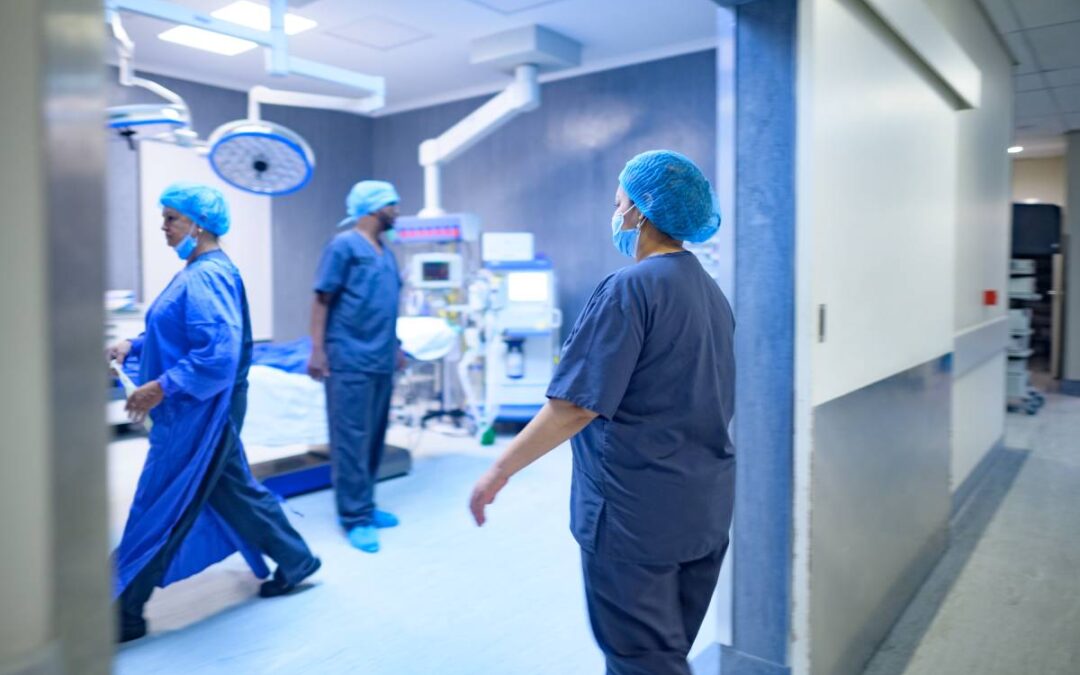


Advances in Awake Anesthesia for Surgery
Awake anesthesia represents a ground-breaking shift in surgical care and comprises an increasing share of anesthesia procedures. Unlike general anesthesia, where patients are completely unconscious, awake anesthesia allows patients to remain alert or in a minimally...
Nanotherapeutics in Anesthesia
Decades of research have found and validated many anesthetic agents that allow for life-saving procedures, including but not limited to propofol, nitrous oxide, sevoflurane, isoflurane, desflurane, halothane, ketamine, etomidate, opioids, barbiturates, xenon, and...
Reasons to Have Surgery at a Tertiary Care Center
It is estimated that U.S. citizens undergo an average of 9.2 surgeries in their lifetimes, comprising of 3.41 inpatient, 2.56 outpatient, and 3.20 non-OR procedures (1). Each setting is suited for different ranges of clinical contexts. While the overall trend is more...
Research on The Impacts of Anesthesia on IVF Outcome
In the modern world, more and more people are choosing to give birth at later ages. However, peak female reproductive years are between the late teens and late 20s. By age 30, fertility begins to decline, with a higher risk of diminished ovarian function,...




Recent Comments